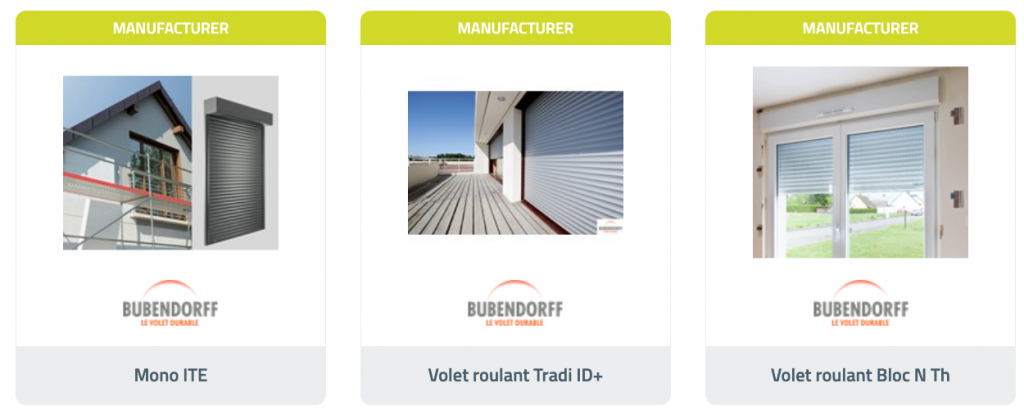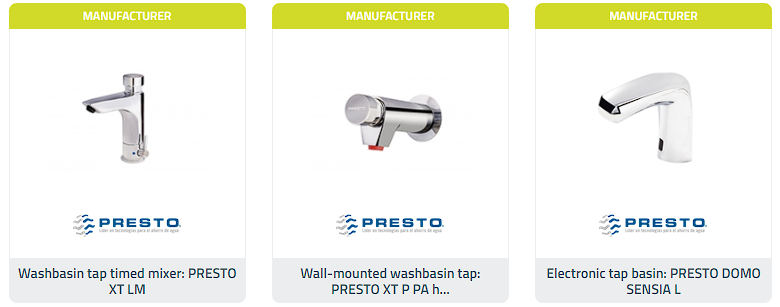Investing in environmentally friendly materials mitigates the construction sector’s impact and addresses the growing infrastructure needs.
This article explores concrete solutions and showcases manufacturers focused on using sustainable materials to reduce the impact of the construction sector.
The Construction Sector: A High-Impact Industry on the Environment
The rapid expansion of construction and infrastructure poses a significant environmental challenge. It’s imperative to rethink our approach to construction materials. According to a study by Architecture 2030, the built environment accounts for approximately 42% of the world’s annual CO2 emissions.
Building operations constitute about 27% of annual total emissions. Additionally, the embodied carbon from materials like cement, iron, steel, and aluminum adds 15% each year.
The built environment is the primary use of high-impact materials. Taking measures to reduce these impacts is crucial because once a project is completed, embodied carbon emissions are fixed and irreducible. It’s essential to act now to disrupt this trend.
What are the current trends to mitigate this significant environmental impact ?
2023 Trends in Sustainable Materials
In sustainable materials, trends are emerging for eco-friendly construction, addressing environmental concerns and respecting resources.
Recycled and Recyclable Materials
Recycled materials, including recycled wood, metal, glass, and plastic, are gaining popularity. Manufacturers are developing products using recycled materials or are recyclable at the end of their useful life.
For instance, a school renovation center in Vancouver used recycled wood for its extension. This demonstrates the efficiency of recycled materials in construction, reducing the demand for new resources and construction waste.
Bio-sourced Materials
Biobased materials from renewable resources such as bamboo, cork, hemp, or even mushrooms are gaining popularity. Valued for their low carbon footprint and carbon storage capacity.
Bio’bric, an innovative company, utilizes biobased materials like clay bricks to reduce the carbon footprint in construction.
Clay bricks, derived from renewable resources, promote healthier and more sustainable indoor environments.

Eco-friendly Insulation
Ecological insulation materials like sheep’s wool and hemp are gaining popularity for their thermal efficiency and low environmental impact.
A concrete example is the renovation of an old textile factory in Manchester, where sheep’s wool was used for insulation, providing both comfort and durability.
Smart Materials
Smart materials, such as liquid crystal windows, enhance building energy efficiency. For instance, liquid crystal windows adjust opacity based on sunlight, reducing energy consumption.
Motivated by the need to combat energy waste, these materials address growing environmental concerns while harnessing innovation potential to create more sustainable buildings.
Low Carbon Emission Materials
Low-carbon emission materials aim to reduce the carbon footprint associated with their production. This includes materials like low-cement concrete, low-carbon steels, and alternatives to petroleum-based plastics.
Bubendorff, by developing carbon-neutral roller shutters and solar protection, demonstrates how it’s possible to reduce greenhouse gas emissions in the construction sector.
Certified products, with their increased longevity, significantly contribute to reducing the overall carbon footprint of buildings. Owners also benefit from long-term savings due to the durability of these shutters.

Materials with low emissions of volatile organic compounds (VOCs)
The growing adoption of materials with low VOC emissions in the interior finishes of buildings is motivated by the increasing concern for indoor air quality. A concrete example of their use is the renovation of the headquarters of the company “XYZ Corp,” aiming to create a healthy work environment.
This trend stems from the awareness of the harmful effects of indoor pollutants on health, leading to the evolution of regulations and construction standards favoring environmentally and public health-friendly materials.
Materials that reduce water waste
Effective water resource management is a major concern in the construction sector. Presto stands out by offering sustainable faucets that significantly reduce water waste.
These faucets and control systems are designed to operate optimally while minimizing water consumption. They thus contribute to preserving water resources, which is essential in a context of resource scarcity.

Self-healing and Self-cleaning Materials
Furthermore, research is advancing in the field of materials that can self-repair and self-clean, thereby reducing the need for frequent renovations and maintenance.
A concrete example of the application of these materials is the project of the self-healing concrete bridge located in the Netherlands. In this project, researchers have incorporated capsules filled with bacteria into the concrete. When cracks form, water penetrates and activates the bacteria that produce calcium carbonate, thus filling the cracks and restoring the material’s integrity.
This innovative approach not only increases the lifespan of the bridge but also reduces the need for costly repairs and minimizes the environmental impact associated with cement production.
Carbon Capture Materials
Additionally, some materials are designed to absorb carbon dioxide (CO2) from the atmosphere during their lifecycle, thereby contributing to the fight against climate change.
A notable example is the development of innovative construction materials such as green cement-based concretes, which incorporate materials like fly ash and slag, thus capturing CO2 during their manufacturing process.
These materials significantly reduce the carbon footprint of infrastructure, thereby contributing to the battle against climate change.
Ecological Façade Coatings
Finally, green facade coatings, such as green walls and facades with integrated solar panels, are increasingly being used to improve the energy efficiency of buildings while adding an ecological aesthetic.
Green walls enhance the thermal efficiency of the building, providing natural insulation and contributing to urban biodiversity.
The adoption of these ecological facade coatings is driven by a growing awareness of the need to promote more sustainable urban environments and reduce energy consumption in buildings.

The Benefits of Sustainable Materials
in construction, the use of sustainable materials offers numerous advantages for users, the environment, and manufacturers.
Benefits for Users
Sustainable materials are often chosen for their ability to enhance occupants’ comfort. For example, improved thermal insulation helps maintain a more stable indoor temperature, creating a more pleasant environment. Furthermore, the use of healthy materials contributes to improving indoor air quality, thus promoting the health of inhabitants.
Another advantage of sustainable materials lies in their long-term savings. These materials are typically designed to be more durable, reducing maintenance costs over time. Additionally, their increased energy efficiency can result in substantial savings on energy bills, benefiting both occupants and the environment.
In terms of thermal and acoustic comfort, certain sustainable materials, such as high-quality insulation, can improve thermal regulation inside buildings, ensuring more comfortable temperatures. Moreover, these materials can also reduce noise disturbances from the outside, creating a quieter and more comfortable environment for inhabitants.
Benefits for the Environment
The environmental benefits of sustainable materials are manifold. Firstly, they contribute to reducing carbon emissions as they are generally manufactured with a lower carbon footprint. This reduction helps mitigate greenhouse gas emissions associated with construction, which is essential for combating climate change.
Additionally, the use of recycled or bio-based materials in sustainable construction contributes to the conservation of natural resources. This approach reduces the extraction of virgin materials, decreasing pressure on the environment and limiting ecosystem degradation.
Concerning water management, some sustainable materials, such as permeable coatings, promote better water management by allowing water to infiltrate the soil, thereby reducing the risk of flooding and contributing to more efficient water resource utilization.
Benefits for Manufacturers
Choosing sustainable materials has several advantages for the brand image of manufacturers. By prioritizing these materials, companies enhance their reputation as environmentally responsible actors, which can attract a customer base sensitive to ecological issues and concerned about the impact of their choices.
Furthermore, the design of sustainable materials can be more resource-efficient, resulting in reduced long-term production costs. Additionally, companies can benefit from tax incentives or subsidies related to the production of sustainable materials, contributing to financial savings.
Finally, as environmental regulations strengthen, manufacturers of sustainable materials are better prepared to comply with current legal standards. This compliance enhances their credibility with regulatory authorities, facilitating their operations and earning the trust of the public.
Choosing sustainable materials is a winning approach for users, the environment, and manufacturers. It promotes better comfort, long-term savings, reduced environmental impact, positive brand image, and compliance with regulations, contributing to the creation of a more sustainable future for all.
Conclusion
Sustainable construction is more than just a trend; it is a necessity to reduce environmental impact while offering numerous benefits to users, the environment, and manufacturers.
These materials allow for better comfort, long-term savings, and a reduction in carbon emissions. Current trends in sustainable materials pave the way for more environmentally friendly construction.
You can now discover BIM objects of environmentally friendly products on the bimandco.com platform, facilitating the implementation of sustainable solutions in your construction projects. It’s a winning approach to create a more sustainable future where well-being, economic efficiency, and planet preservation are at the core of construction.



